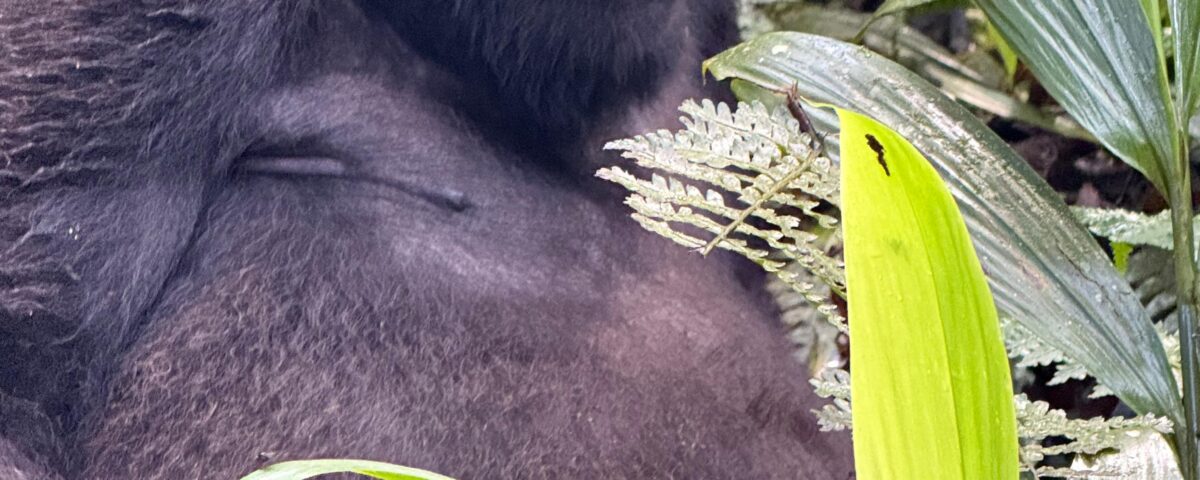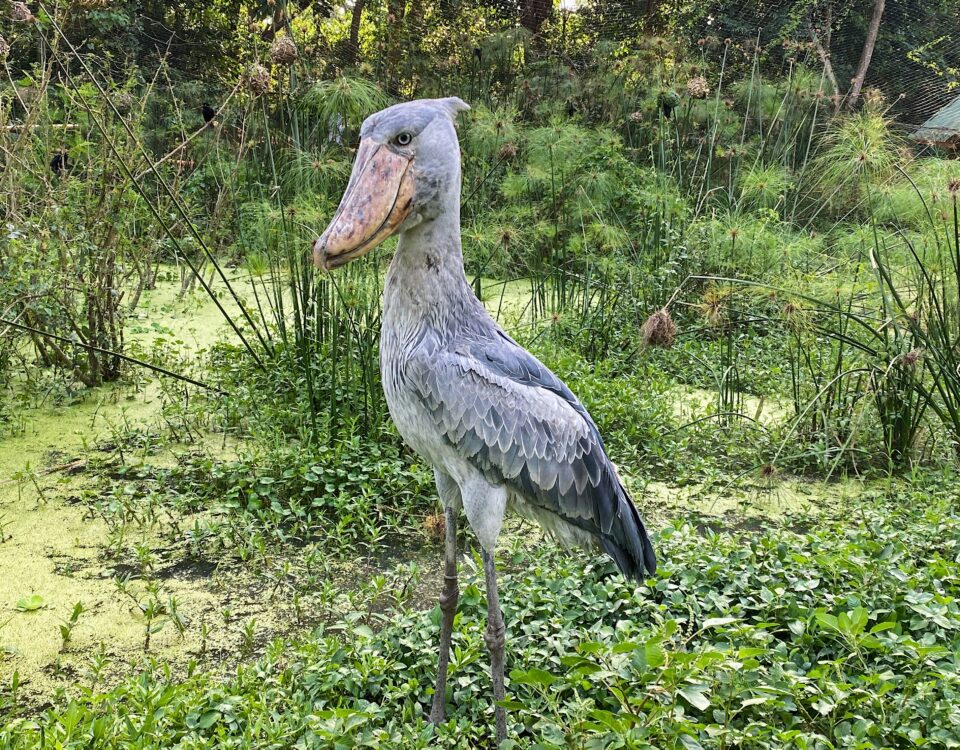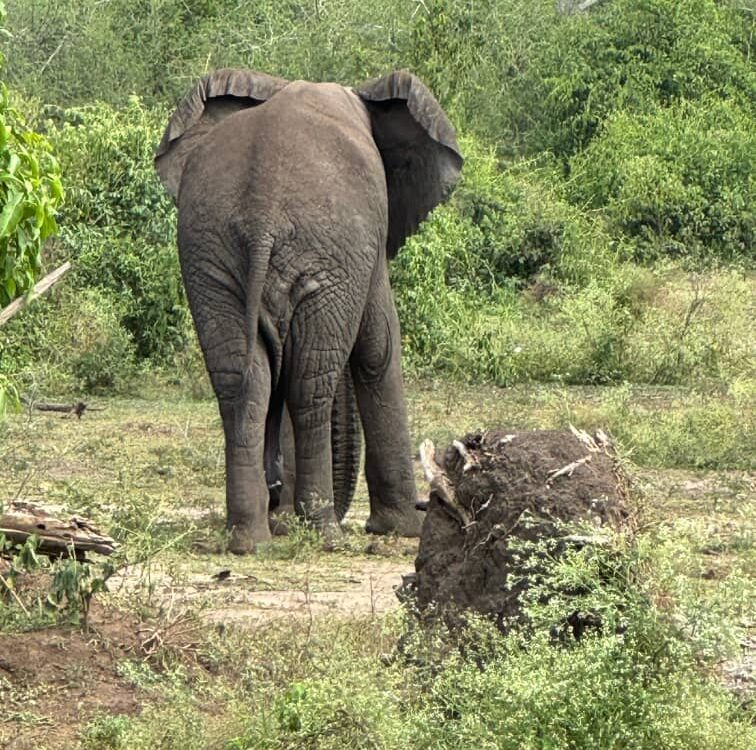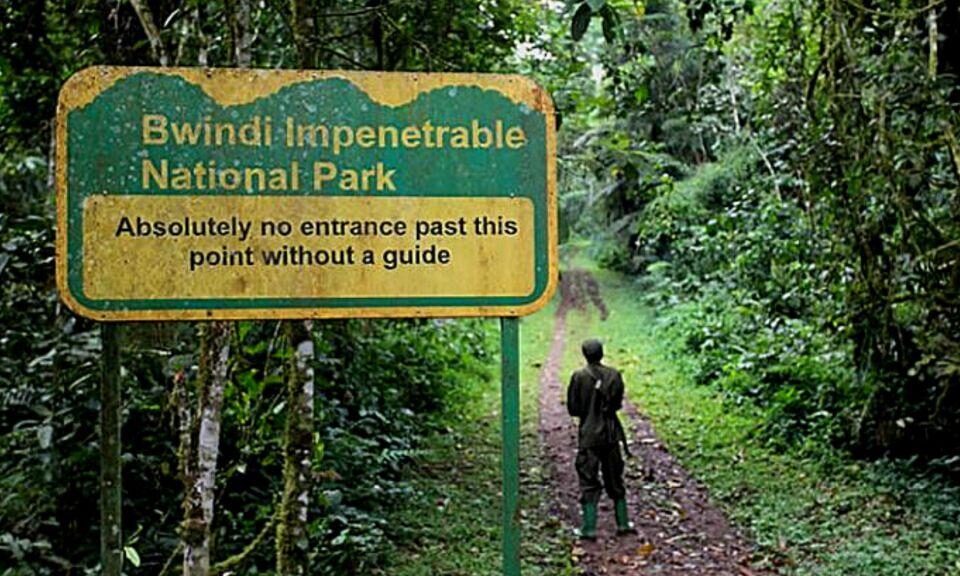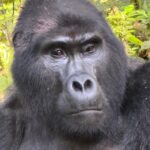
Tips to Book a Budget Gorilla Safari in Uganda
October 17, 2025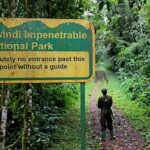
Gorilla Trekking Regions in Bwindi Impenetrable National Park
October 17, 2025Gorilla Safari in Uganda vs. Rwanda – A Comparative Guide
Gorilla trekking in Rwanda and Uganda is one of the most exhilarating wildlife safari experiences in the world, and few places offer the chance to see these magnificent creatures up close like Uganda and Rwanda. Both countries are home to populations of the endangered mountain gorilla, but they offer distinct experiences in terms of logistics, costs, and overall safari atmosphere. This article will compare gorilla safaris in Uganda and Rwanda, helping you decide which destination is best suited for your adventure.
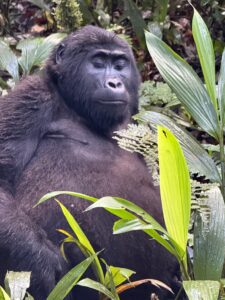
Gorilla Populations and Habitats
Uganda
Uganda is home to nearly half of the world’s remaining mountain gorillas, primarily residing in two national parks – Bwindi Impenetrable National Park and Mgahinga Gorilla National Park. Bwindi, a UNESCO World Heritage Site, is known for its dense forests and rich biodiversity, offering a rugged and remote experience. The park features several gorilla families, each with its own unique characteristics, making each trek a different adventure.
Rwanda
Rwanda’s primary gorilla habitat is Volcanoes National Park, another UNESCO World Heritage Site. The park is part of the Virunga Mountain range and is known for its stunning landscapes and accessibility. With a smaller area than Bwindi, Volcanoes National Park has fewer trekking routes but is famous for its well-organized trekking operations.
Trekking Experience
Uganda
Gorilla trekking in Uganda is often described as a more adventurous experience. Treks can be challenging due to the rugged terrain of Bwindi. Hikers may find themselves climbing steep hills, navigating thick undergrowth, and crossing streams. The unpredictability of the trek adds to the excitement, as the location of gorilla groups can change based on their movements.
Rwanda
In contrast, Rwanda’s trekking experience is generally more organized and accessible. The trails in Volcanoes National Park are well-maintained, and the trekking routes are often less strenuous than those in Uganda. This makes Rwanda a more suitable option for travelers with varying levels of fitness. The park also has a system in place to ensure that groups are smaller, allowing for a more intimate experience with the gorillas.
Permit Costs
Uganda
As of 2025, a gorilla trekking permit in Uganda costs around $800 per person. While this may seem steep, the price often includes park entry, a guide, and a ranger. Additionally, Uganda’s permits are generally more affordable than those in Rwanda, making it a more budget-friendly option for many travelers.
Rwanda
In Rwanda, a gorilla trekking permit is significantly higher, costing around $1,500 per person. This premium price reflects the high-quality infrastructure and services provided by the Rwandan government. However, the cost can be a deterrent for budget travelers. Rwanda also offers various discounts for specific groups, such as residents and students, so it’s worth checking for any potential savings.
Accommodation Options
Uganda
Uganda offers a range of accommodation options near both Bwindi and Mgahinga parks, from budget lodges and guesthouses to luxurious lodges. Many accommodations provide stunning views of the surrounding landscapes and are often more affordable compared to Rwanda. Staying in local guesthouses can also provide a more authentic cultural experience.
Rwanda
Rwanda’s accommodations tend to be more upscale and have a higher price point, particularly near Volcanoes National Park. While there are budget options available, they may be limited. However, the quality of service and amenities is generally high, with many lodges offering luxury experiences, including gourmet dining and spa services.
Accessibility
Uganda
Reaching Uganda’s gorilla parks typically requires a longer journey. The main gateway is Entebbe International Airport (EBB), followed by a drive of several hours to the parks. This can be a disadvantage for travelers with limited time, as the longer travel times can cut into your safari experience.
Rwanda
Rwanda is often described as the more accessible option for gorilla trekking. Kigali International Airport (KGL) is relatively close to Volcanoes National Park, with a drive of just about two hours. This ease of access makes Rwanda an attractive option for travelers looking to maximize their time with the gorillas.
Wildlife Diversity
Uganda
In addition to gorillas, Uganda is renowned for its diverse wildlife. Bwindi and Mgahinga are home to various other species, including golden monkeys, elephants, and numerous bird species. Uganda’s diverse ecosystems make it a great destination for those interested in experiencing a wider range of wildlife.
Rwanda
While Rwanda is primarily known for its gorillas, Volcanoes National Park also hosts other species, such as golden monkeys and various bird species. However, for a more comprehensive wildlife experience, visitors may need to explore other parks in Rwanda, such as Akagera National Park, which is known for its savannah wildlife.
Cultural Experiences
Uganda
Uganda offers rich cultural experiences that can enhance your safari. Visitors can engage with local communities, learn about traditional customs, and participate in cultural performances. The chance to interact with the Batwa people, who have lived in the forests for generations, adds a unique cultural layer to the experience.
Rwanda
Rwanda has made significant strides in promoting its cultural heritage, especially after the tragic events of the 1994 genocide. Visitors can explore cultural centers, museums, and local crafts markets. The Iby’Iwacu Cultural Village near Volcanoes National Park is a popular stop for experiencing Rwandan culture, offering performances and local cuisine.
Sustainability and Conservation Efforts
Uganda
Uganda has made considerable efforts to protect its gorilla populations through conservation initiatives and community engagement. The revenue generated from gorilla trekking permits is used to support conservation projects and benefit local communities, fostering a sense of ownership and responsibility among the residents.
Rwanda
Rwanda is often hailed as a leader in conservation and sustainability efforts. The government has implemented strict policies to protect gorillas and their habitats, including anti-poaching measures and community education programs. The high cost of permits in Rwanda supports these initiatives, ensuring that the gorilla populations are protected for future generations.
Best Time to Visit
Uganda
The best time to visit Uganda for gorilla trekking is during the dry seasons, from June to September and December to February. During these months, the trails are less muddy, making trekking easier. However, the shoulder seasons can also be enjoyable, with fewer tourists and lower permit prices.
Rwanda
Similarly, Rwanda’s dry seasons from June to September and December to February are the best times for trekking. The weather is generally pleasant, and the gorillas are easier to track. However, rainy seasons can also offer unique experiences, such as lush landscapes and fewer crowds.
Final Thoughts: Which Destination to Choose?
Choosing between a gorilla safari in Uganda and Rwanda ultimately depends on your preferences, budget, and travel goals.
Choose Uganda if you’re looking for a more adventurous trekking experience, diverse wildlife, and more budget-friendly options. Uganda’s rich cultural interactions and stunning landscapes make it a compelling choice for many travelers.
Choose Rwanda if you prioritize accessibility, luxury accommodations, and a well-organized trekking experience. Rwanda’s commitment to conservation and its burgeoning cultural scene also add to its appeal.
Both Uganda and Rwanda offer incredible opportunities to see mountain gorillas in their natural habitats. Whichever destination you choose, you’re sure to have an unforgettable experience that brings you face-to-face with these magnificent creatures. Happy trekking!

